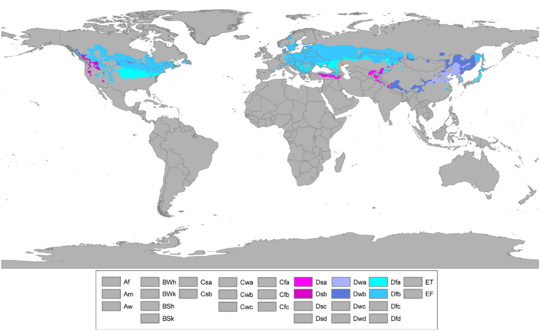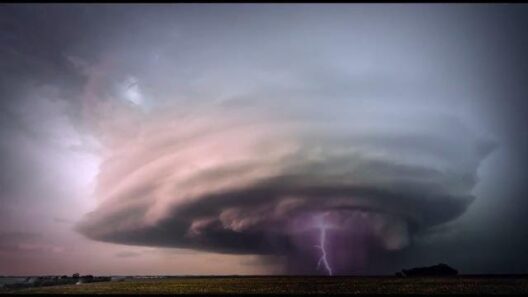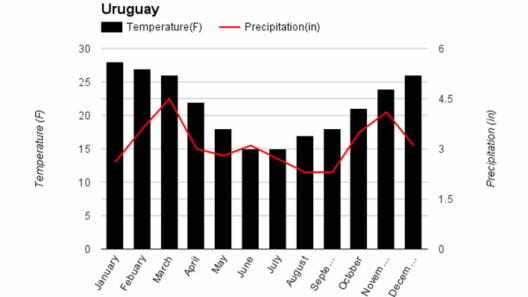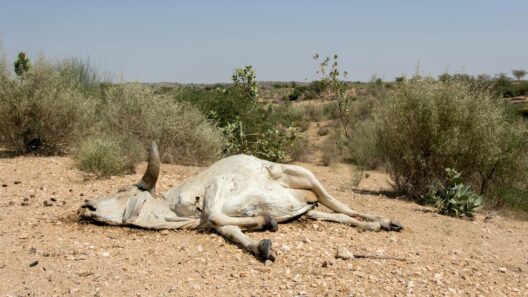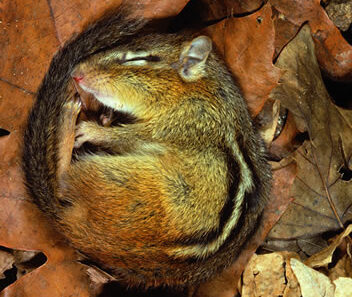The humid continental climate is both captivating and formidable, characterized by its distinct seasonal variations and extreme weather patterns. Predominantly found in the interiors of continents in both the Northern Hemisphere and the Southern Hemisphere, this climate zone presents a unique juxtaposition of warmth and cold, precipitation and drought. Understanding the intricacies of humid continental climates uncovers the sheer magnificence of our planet’s ecological diversity.
At first glance, one might question, what precisely defines a humid continental climate? It is primarily characterized by four distinct seasons: a warm to hot summer, a cold winter, and spring and autumn as intermediate seasons. These climates typically experience significant temperature gradients, making the contrast between seasons more pronounced than in other climate types. Indeed, they can fluctuate from sizzling summers, where temperatures may soar above 80°F (27°C), to frigid winters, where the mercury plummets to well below freezing.
The geographical distribution of humid continental climates is extensive, encompassing regions across North America, Europe, and Asia. In the United States, states like Minnesota, Wisconsin, and parts of New York are emblematic of this climate. Similarly, in Europe, regions of Poland, Hungary, and the Czech Republic exhibit these climatic traits. Each area boasts its own unique flora and fauna adapted to thrive in the shifting conditions imposed by the seasons.
In dissecting the summer season within the humid continental framework, one finds vibrant ecosystems bursting with life. The proliferation of deciduous trees, with their broad leaves, creates a lavish canopy that not only shelters diverse wildlife but also contributes to the rich tapestry of colors that grace the landscape. Warm temperatures and prolonged sunlight durations allow crops to flourish, thereby supporting agricultural practices that are vital for the local economies. Corn, soybeans, and other staple crops thrive in these conditions, lending the region an agricultural richness.
However, the summer months can also bring about a unique intensity in weather patterns. Thunderstorm activity increases, and in some cases, these storms can escalate into severe weather events including hail storms and tornadoes. The rapid warming and moisture-laden air can contribute to these violent thunderstorms, presenting both challenges and opportunities for those residing in these regions. The energy of the summer storms significantly shapes the ecological landscape, replenishing water sources essential for survival.
Transitioning into autumn, the humid continental climate reveals yet another aspect of its complexity. As temperatures gradually decrease, deciduous trees begin their annual metamorphosis, donning brilliant shades of red, orange, and yellow. This remarkable transformation is not merely an aesthetic delight; it plays a critical role in the lifecycle of many species. Animals prepare for the colder months—birds migrate south, and mammals engage in behaviors to fortify themselves for winter hibernation.
Winter is undoubtedly the most distinctive and formidable season in humid continental climates. Characterized by chilling temperatures and substantial snowfall, it presents survival challenges and aesthetic splendor. The landscape becomes a veritable wonderland as layers of snow blanket the ground, creating picturesque scenes. Yet, the freezing temperatures can also be merciless, leading to the formation of ice, frost, and permafrost in some locations. Residents must adapt to arctic-like conditions, employing strategies ranging from specialized winter clothing to home insulation techniques.
Furthermore, the harshness of winter serves to emphasize the resilience of both people and wildlife. Many animal species have evolved remarkable adaptations, such as thick fur coats and the ability to hibernate, allowing them to endure the season’s hardships. Humans likewise exhibit ingenuity in overcoming winter’s challenges, from utilizing innovative heating technologies to engaging in winter sports, transforming the adversities of winter into opportunities for recreation and community bonding.
As the frigid winds of winter wane, spring emerges—a season heralding renewal and rejuvenation. Snow melts, and life begins to blossom again. This season, rife with change, witnesses the awakening of flora and fauna from their winter slumber. The lush greens of new leaves appear, and flowers bloom in a riot of colors, attracting pollinators essential for the ecosystem’s health. Spring rains nourish the soils, ensuring the sustenance of crops and grasses that will support growth through the summer months ahead.
While the humid continental climate is distinguished by its delightful seasonal variety, it is not without its perils. Climate change poses a significant threat to these regions, altering historical weather patterns and bringing about unpredictable weather events. The implications of a shifting climate—from altered growing seasons to intensified storms—underscore the importance of environmental activism and awareness. The need for sustainable practices has never been more urgent as we navigate the complexities of an ecosystem that is as diverse as it is fragile.
Ultimately, the humid continental climate encapsulates a confluence of extremes. From the invigorating warmth of summer to the starkness of winter, each season offers its unique challenges and beauties. Acknowledging and understanding this climate is essential in cultivating a respect for nature’s complexity, fostering curiosity about our environment, and inspiring efforts toward sustainability. In doing so, we become determined custodians of the very ecosystems that define our existence.



